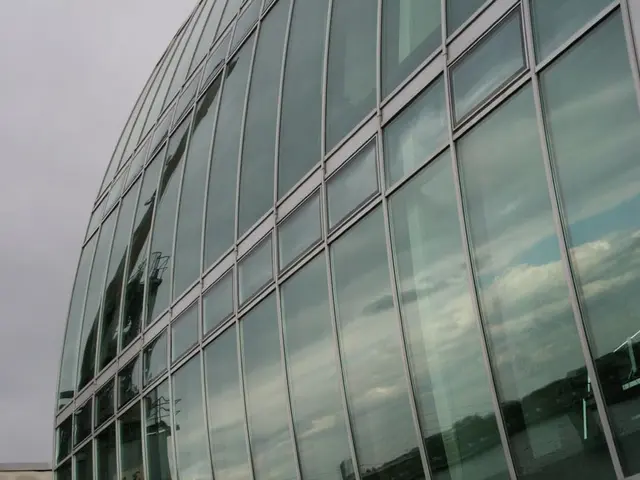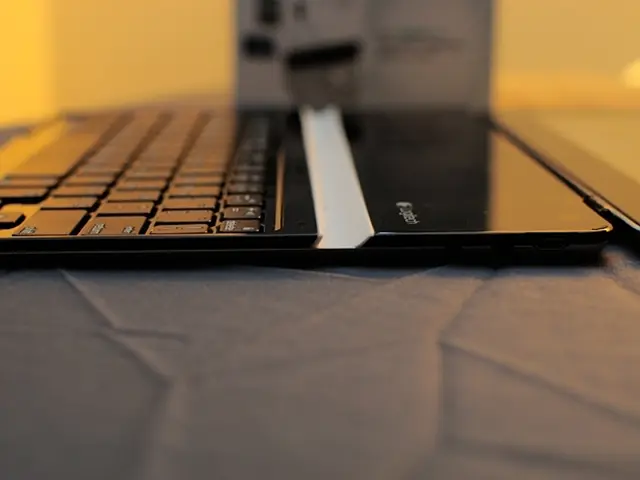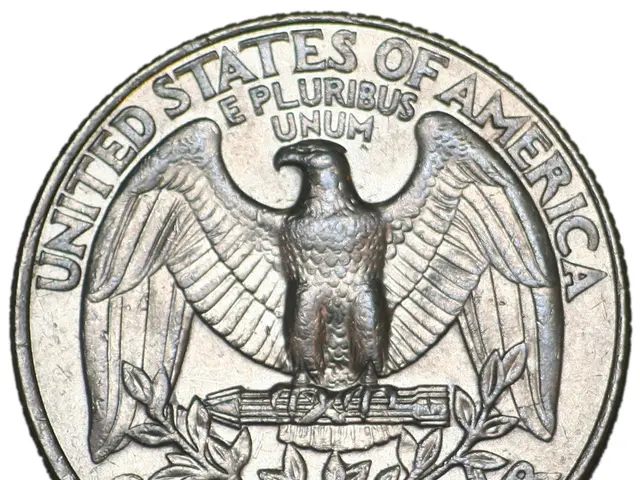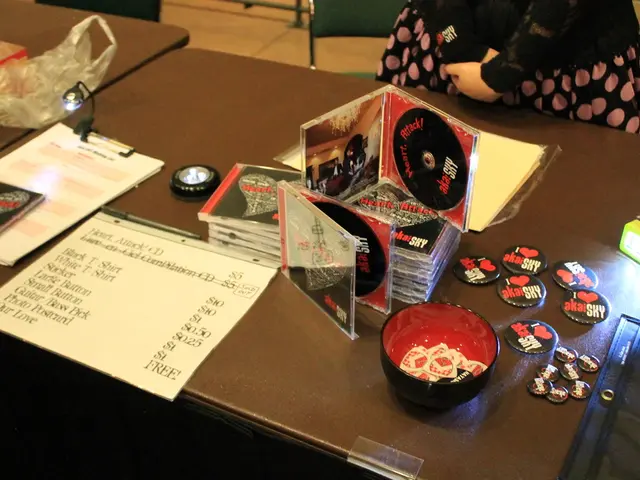A two-element 3D-printed lens shouldn't boast such an impressive design
In the world of photography, a new low-cost prime lens has been making waves - the Simple 90, created by filmmaker and innovator Tim Irwin. This manual focus lens, priced at $99/£73.53, is a testament to simplicity and artistic image quality, and it's not just its affordability that sets it apart.
The Simple 90 uses a unique method for aperture control: Waterhouse stops. These thin plates with different-sized holes, invented by John Waterhouse in the 19th century, allow for easy manual adjustment of aperture without complex diaphragm mechanisms.
The lens itself is a marvel of DIY craftsmanship. Tim Irwin 3D prints the barrel and self-assembles each lens. The lens elements are arranged in a cemented achromatic doublet, and it comes fitted with an M42 screw mount as standard. Three Waterhouse stop plates are included for f/2.8, f/5.6, and f/11, but 3D printable files for additional Waterhouse stop plates are available, allowing users to print other f/stops or custom-shaped apertures.
The image quality of the Simple 90 is characterised by a sharp central region with soft, ethereal bokeh towards the edges and corners of the frame, providing a dreamy aesthetic. This design philosophy is shared by other art lenses that prioritise artistic qualities over outright sharpness.
The Waterhouse stop system of aperture adjustment has been used in more commercial lenses such as Lomography's Petzval and Daguerreotype Achromat art lenses. However, the Simple 90 stands out due to its affordability and the fact that it is made entirely in-house.
The focusing mechanism of the Simple 90 is manual, as it has no electronics inside. This simplicity extends to the lens elements, as only the two glass elements and assembly screws for the Simple 90 are outsourced.
For those who are interested in creating their own DIY Waterhouse-stop lenses, there are numerous resources available. A common method is to take a simple prime lens or even a repurposed lens and add a Waterhouse stop arrangement behind it. Aperture control is added by creating thin metal or cardboard plates precisely cut to desired apertures.
Examples of simple vintage cameras and lenses utilizing Waterhouse stops exist from the 19th and early 20th centuries, and modern DIY enthusiasts replicate these for inexpensive, artisan optics.
In conclusion, the Simple 90 is more than just an affordable, high-quality lens. It's a testament to the spirit of DIY photography, offering a unique approach to aperture control and a dreamy aesthetic that sets it apart from other lenses on the market. Whether you're a seasoned photographer or a beginner looking to explore the world of manual focus lenses, the Simple 90 is definitely worth a look.
- The Simple 90 lens, a $99/£73.53 manual focus lens, is creating a stir in the photography world, appreciated for its simplicity and artistic image quality.
- Unique to the Simple 90 is its aperture control method, Waterhouse stops, which use thin plates with different-sized holes for manual adjustment.
- The lens, a marvel of DIY craftsmanship, is 3D printed by its creator, Tim Irwin, and self-assembled, with an M42 screw mount as standard.
- The Simple 90 boasts a distinct image quality, characterized by sharp central regions and soft, ethereal bokeh towards the edges, providing a dreamy aesthetic.
- The Simple 90, with its affordability and in-house production, diverges from commercial lenses like Lomography's Petzval and Daguerreotype Achromat art lenses.
- Equipped with a manual focusing mechanism and minimal electronic components, the Simple 90 is a testament to simplicity in lens design.
- For those interested in creating their own DIY Waterhouse-stop lenses, various resources and examples from both the 19th and 20th centuries are available, offering a cost-effective, artisan optics experience.








